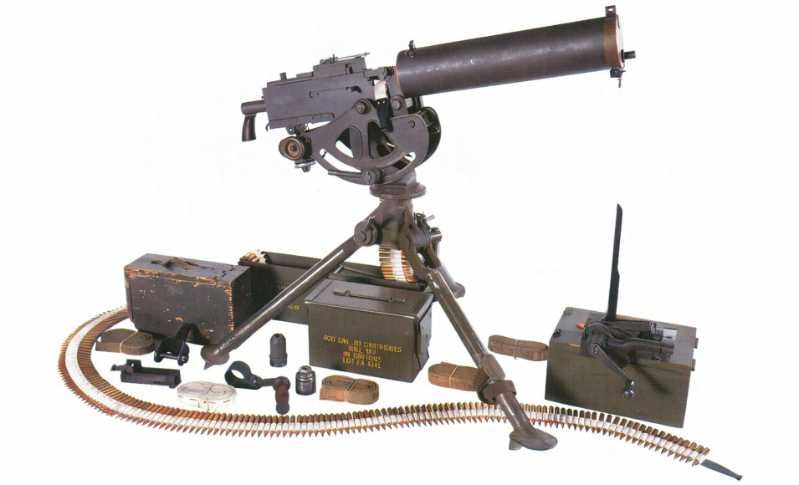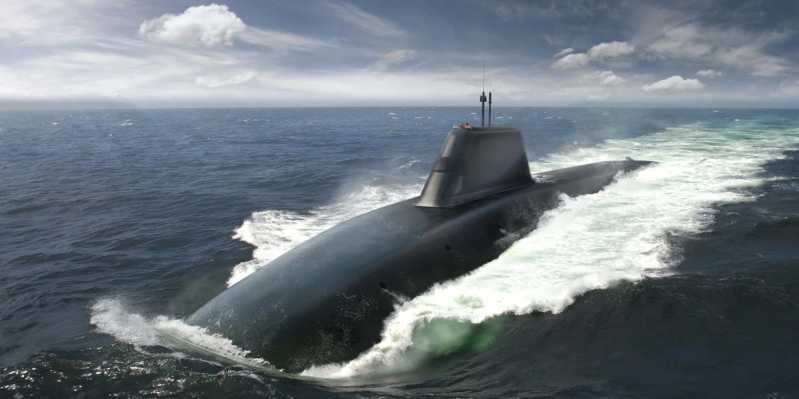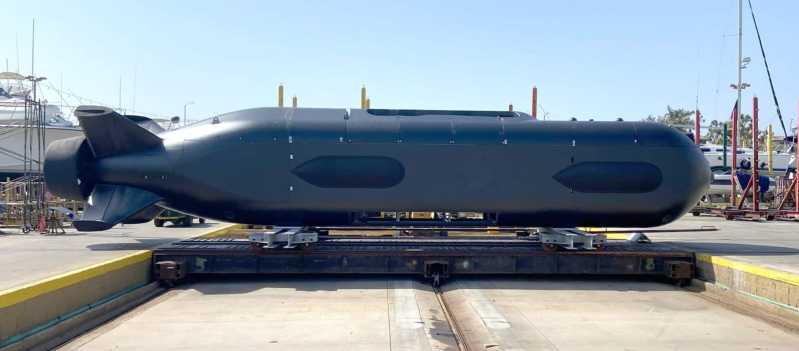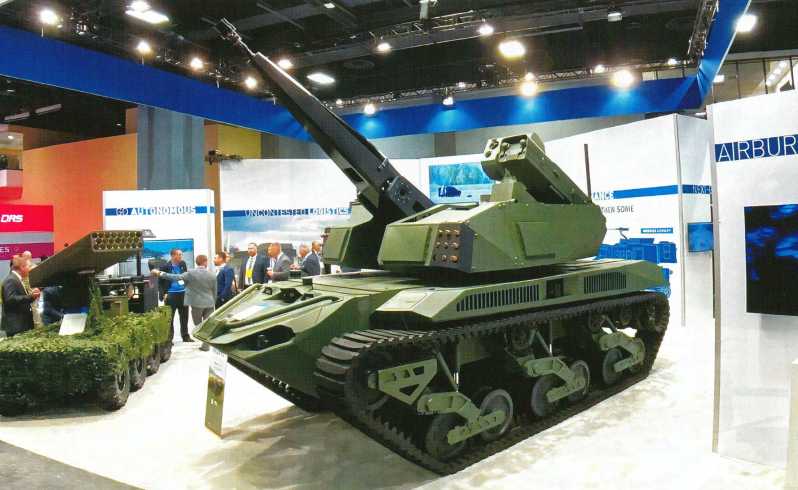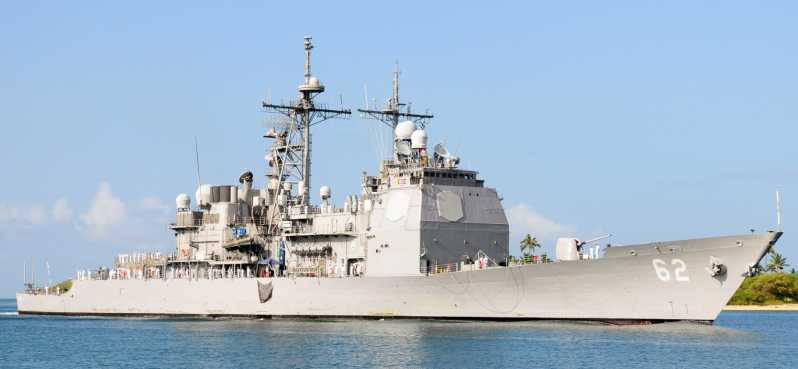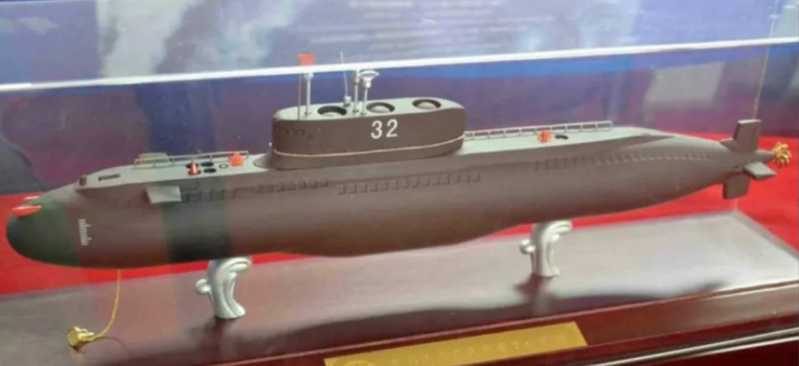To shoot down a stealth aircraft, the prerequisite is of course to be able to detect it first, so early warning and detection equipment is crucial. Driven by the demand for anti-stealth operations, after years of development, many major military powers have developed relatively practical anti-stealth technology and equipment, including various types of anti-stealth radars, airborne early warning aircraft, space-based infrared reconnaissance, optical satellites and other means, making stealth aircraft no longer mysterious.
Early warning and detection equipment
Most modern early warning and detection systems use centimeter-wave radars, so the radar stealth of stealth aircraft is also mainly aimed at centimeter-wave radars. Its stealth effect is better in the centimeter-wave frequency band, but for meter-wave radars and millimeter-wave and submillimeter-wave radars, the effect is greatly reduced, and it is almost completely non-stealth to meter-wave radars. This is because the wavelength of meter-wave radars is longer (the working wavelength is 1 to 10 meters) and is not sensitive to the shape of the target. No matter how the stealth target changes its appearance design, the impact on meter-wave radars is much smaller than that on radars in other bands. Driven by demand, after years of development, many major military powers have developed relatively practical anti-stealth meter-wave radars, such as France’s meter-wave integrated pulse aperture radar, Germany’s meter-wave circular array radar, Russia’s Vostok-E and Sky-Y radars, and China’s JY-27A air defense warning guidance radar, which are all excellent and representative meter-wave three-coordinate radars (the so-called three coordinates are the distance, direction and altitude of the target. Knowing this information can guide the fighter to intercept the target). In addition to meter-wave radars, advanced phased array radars are also powerful equipment for detecting stealth targets. For example, the famous American AN/FPS-115 "Pave Paws" large phased array radar (mainly used to detect targets in space), each array outputs a total peak power of 600 kilowatts, an average power of 150 kilowatts, and an effective range of 4,800 kilometers for targets with a radar reflection cross-sectional area of 10 square meters. The later improved models such as AN/FPS-123 increased to 5,560 kilometers, which can effectively detect B-2 stealth bombers.
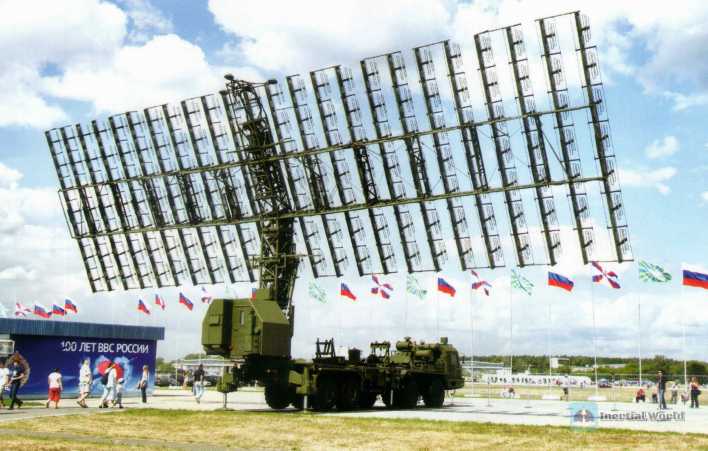
The radar’s detection distance for aerial targets is proportional to the 1/4 power of the target’s radar cross-sectional area (RCS), which means that if the RCS value is reduced by half, the radar’s detection distance will be shortened by 16%. If a radar has a detection distance of 100 kilometers for a target with an RCS of 10 square meters, then the detection distance for a target with an RCS of 1 square meter is 56 kilometers (44% shorter), 0.1 square meters corresponds to 32 kilometers (68% shorter), 0.01 square meters corresponds to 18 kilometers (82% shorter), and 0.001 square meters corresponds to 10 kilometers (90% shorter).
According to this rule, the AN/FPS-123 radar is theoretically sufficient to detect stealth aircraft hundreds of kilometers away, but this is just a simple theoretical calculation. In fact, the radar’s ability to detect targets is also related to many factors, such as the target’s flight altitude, weather conditions, radar wave frequency, and the direction and angle of radar illumination. Fortunately, after years of technical research, my country has also developed a similar strategic early warning radar, and its performance is estimated to be one generation ahead of "Pave Paws", with strong anti-stealth capabilities, and has been officially equipped in the army.
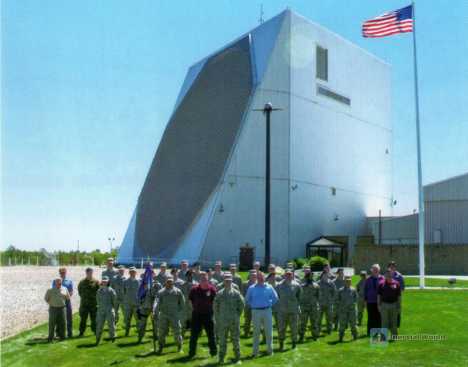
The AN/APG-77 active phased array radar of the F-22 fighter can detect air targets with an RCS of 1 square meter at a distance of up to 200 kilometers, so the detection distance for stealth targets with an RCS of 0.01 square meters is 64 kilometers. In other words, the current advanced airborne active phased array radar can at least detect stealth targets 50 kilometers away, which means that even if stealth aircraft become popular in the future, beyond-visual-range air combat will still exist and will not disappear. Because although stealth technology is developing, radar technology is also rapidly advancing. In fact, the current stealth technology and anti-stealth technology have gradually reached a balance. Stealth aircraft should not be mythical, and no weapon can be perfect. The development of weapons and equipment is always a spiral upward, chasing each other.
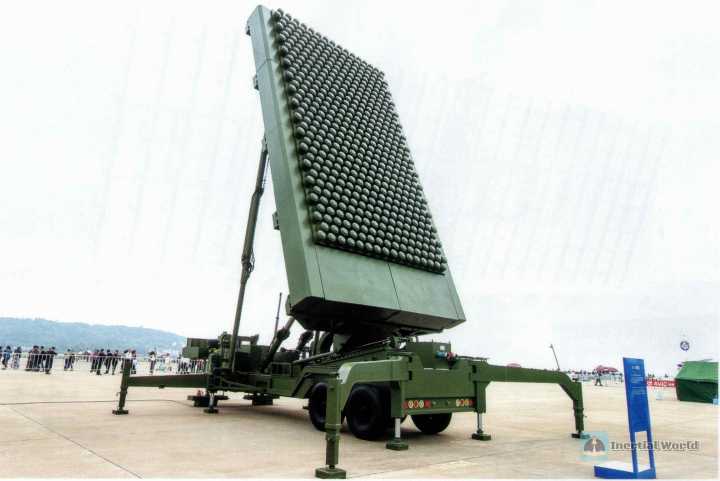
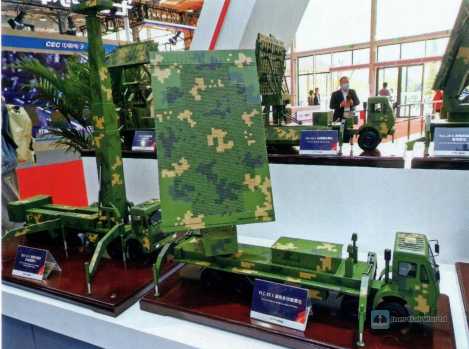
The radio waves of the over-the-horizon skywave radar jump and propagate between the ionosphere and the ground, so it can achieve over-the-horizon detection and tracking of targets below the horizon, with an effective range of 800~4000 kilometers. Its wavelength is 10~60 meters, which exceeds the effective band of the absorbing materials of stealth aircraft, and can detect the parts above the stealth aircraft with strong radar signal characteristics, especially for stealth aircraft such as B-2 and B-21 that install the engine air intake above the wing. It is reported that when the United States tested the AN/FPS-118 over-the-horizon radar in 1985, it discovered a stealth aircraft 2,800 kilometers away with an effective scattering area of 0.1~0.3 square meters. Over-the-horizon radars using phased array technology can detect targets such as B-2 stealth bombers at 1,500 kilometers. In December 2019, the first "container" over-the-horizon radar of the Russian Aerospace Forces officially entered combat duty in the Republic of Mordovia in western Russia. The radar can detect and track stealth aircraft flying within about 3,000 kilometers.
Decimeter wave radar, that is, ultra-high frequency (UHF) band radar, has a frequency of 300~3000MHZ and a wavelength of 1 meter to 1 decimeter, which can effectively track and locate stealth aircraft. Compared with meter-wave radars with longer wavelengths, decimeter waves have higher target detection resolution accuracy and positioning accuracy, so they also have certain target guidance functions. At present, my country has been at the forefront of the world in the development of ultra-high frequency band radars. According to media reports, in 2014, the Chinese military deployed a JY-26 long-range air defense guidance radar (using an advanced two-dimensional digital active phased array system) in Shandong, and successfully monitored the F-22 stealth fighter jets operating in South Korea.
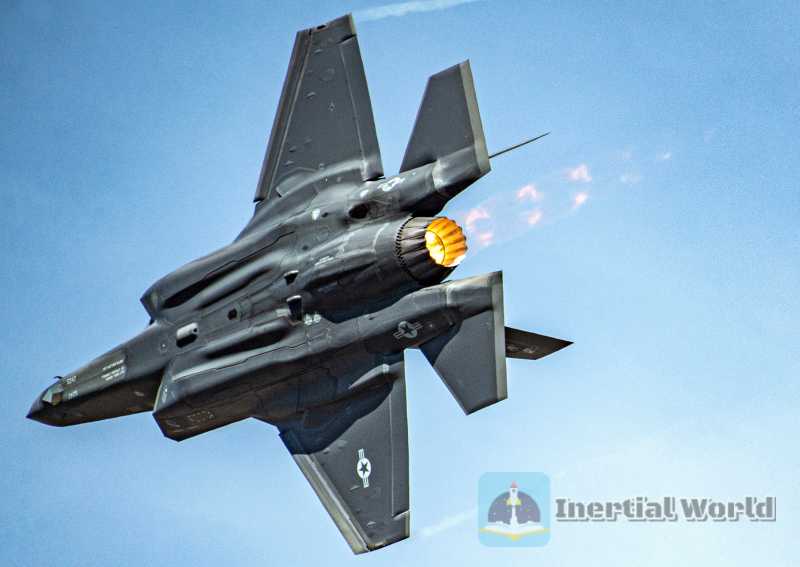
Quantum radar, that is, a new type of radar that uses single-photon signal processing technology to replace traditional signal processing technology. Since quantum radar can receive a single quantum signal, it has extremely high sensitivity and can be called the nemesis of stealth aircraft. According to media reports, the 14th Institute of China Electronics Technology Group Corporation has developed the first single-photon detection quantum radar prototype in China, and has achieved a long-range detection of 132 kilometers in the test, setting the current world record in this field.
Dual (multi) base radar is a system in which the receiver and transmitter are set separately. Stealth aircraft have many parallel surfaces in their exterior design, which can reflect incident radar waves in only a few different directions, making ordinary radars unable to receive these reflected waves (very few echoes are directly reflected), thus becoming "blind" (the best stealth aircraft can reflect radar waves emitted from all directions in four directions, which is called "four-lobes"). However, dual (multi) base radars with separate receivers are completely capable of receiving these reflected waves and realizing anti-stealth detection.
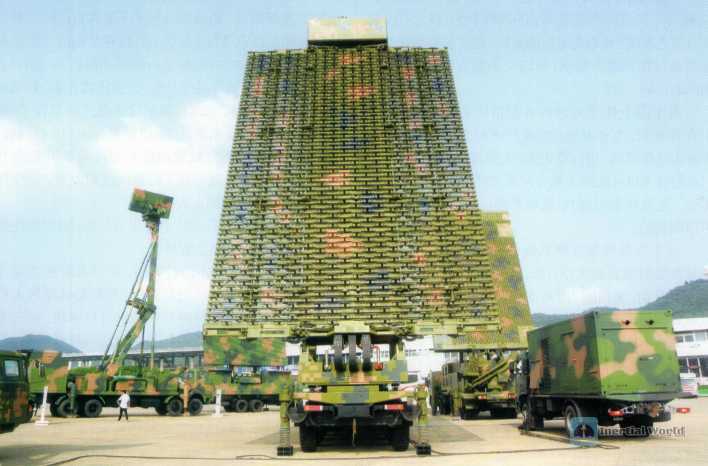
The stealth focus of stealth aircraft is generally within the range of plus or minus 45 degrees in the nose cone direction. If advanced radars can be moved into the air and look down at targets, the detection capability of stealth aircraft will be greatly enhanced. my country has equipped a variety of early warning aircraft, using very advanced airborne phased array radars, which can effectively detect stealth targets. Among them, KJ-2000 and KJ-500 have the most advanced performance. In particular, the KJ-500 uses digital array radar technology for the first time, which has strong anti-stealth capabilities. I believe that with the continuous development of domestic early warning aircraft technology, our air anti-stealth detection capabilities will be greatly improved.
In addition to traditional aircraft, unmanned airships and balloons can also be equipped with radars to detect aerial targets. Moreover, a set of such large unmanned aerial radar systems is equivalent to the detection capabilities of dozens of ground radars, and can stay in the air for most of the year, with excellent performance. For example, Russia’s "Tiger" fourth-generation military tethered balloon system has a volume of 4,000 cubic meters, a maximum ceiling of 3,000 meters, and a wind resistance of 42 meters per second. The balloon has a payload of 500 kilograms, and is equipped with not only radar systems, but also optoelectronic detection systems, electronic reconnaissance systems, etc. Electricity is provided through ground cables, and it can detect targets within a range of 230 kilometers all day and night.
With the above-mentioned advanced radar systems, if they are reasonably arranged and complement each other to form a tightly matched, air-ground integrated multi-base radar detection network, and deployed with wide front, large depth and high density (focusing on deploying high-power phased array radars, advanced early warning aircraft, etc. in the direction where stealth aircraft may attack), it is completely possible to detect and track stealth aircraft.
As for the space-based early warning detection system, although it is mainly used to detect ballistic missile launches or other space targets, it can also detect stealth aircraft. During the Cold War, the US "Defense Support Program" (DSP) early warning satellite detected a series of infrared signals with regular intervals and connected in a straight line in the territory of the Soviet Union. Afterwards, experts analyzed that this was the infrared track left by the aircraft when it was flying with afterburners, which was most likely caused by the Tu-22M "Backfire" bomber. Since traditional aircraft flying with afterburners can be detected by infrared early warning satellites, stealth aircraft will not be an exception, because everyone uses turbofan engines, and after turning on the afterburner combustion chamber, they will produce strong infrared signals.
my country has also mastered infrared early warning satellite technology, and has deployed multiple space-based infrared early warning satellites so far. Due to the latecomer advantage, the detection capabilities of these satellites must be far superior to similar products of the United States during the Cold War, and it should be no problem to detect stealth aircraft flying at supersonic speeds with afterburners. However, the F-22 has a unique skill. Relying on the powerful F-119 engine, it can reach a flight speed of about Mach 1.4 without afterburners. Is it still possible for early warning satellites to detect it at this time?

It is still possible. Because supersonic aircraft will produce shock waves, which are heated high-pressure gases, the temperature of the leading edge of the wing will rise rapidly, generating a strong infrared signal, which may be detected by advanced early warning satellites equipped with ultra-large array high-sensitivity refrigerated infrared detectors. In order to play to their advantage, stealth fighters often choose to fly at high altitudes (which is conducive to the detection and tracking of ground and air targets by airborne active phased array radars and sensors). At an altitude of more than 11,000 meters, the ambient temperature is only about -57 degrees Celsius. If the aircraft speed is 0.8 Mach, the temperature of the leading edge of the wing is only -29 degrees Celsius, and the infrared characteristics are not obvious. But if it is accelerated to 1.4 Mach, under the influence of the compression shock wave, the temperature of the leading edge of the wing will soar to about 28 degrees Celsius, forming a temperature difference of 85 degrees Celsius with the ambient temperature, and the probability of being detected by infrared sensors is greatly increased.
The above trick is feasible for F-22, but it may not be so easy to catch B-2 based on this.
Because in terms of suppressing infrared radiation, the B-2 adopts subsonic flight, uses non-afterburning turbofan engines, buries the engines deep in the belly of the aircraft, uses various heat-insulating materials to insulate the engines, extends the engine tail nozzle, injects special substances into the engine exhaust tail flame, and adds special additives to the aircraft fuel (in addition to directly suppressing infrared radiation, the design idea of infrared stealth can also consider changing the frequency band peak of infrared radiation to avoid the sensitive band of the detector. Additives containing sodium, potassium, lead and other elements are added to the fuel of the B-2 to achieve the above purpose) and other high-tech and designs, which can reduce the infrared radiation of the aircraft by more than 90% and compress the detection distance of the enemy’s infrared detector by more than 70%. With the advancement of technology, the newly developed B-21 in the United States is expected to be more powerful in this regard.
However, everything has two sides. Although subsonic flight is conducive to infrared stealth, the hidden danger is that the B-2 bomber stays over the war zone for too long, which increases the probability of being discovered by enemy reconnaissance, and once discovered, the B-2 cannot escape at high speed. This shows that there is no perfect stealth aircraft. There is always a disadvantage for every advantage.
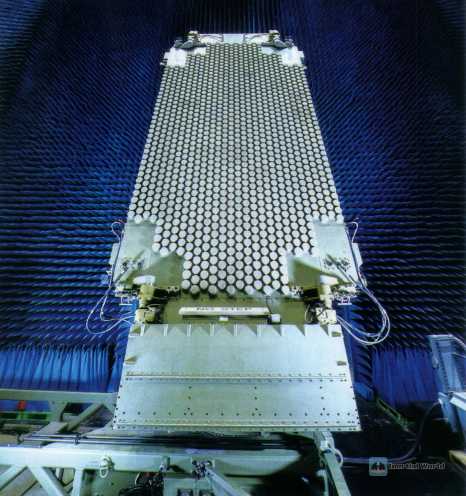
long-range radar of the United States
The most fundamental thing is that the progress of technology is endless. "The devil is one foot high, and the road is ten feet high." Stealth aircraft can avoid radar detection and hide their infrared radiation, but it is impossible to achieve visible light stealth. In September 2020, Changguang Satellite Company released a video titled "Jilin-1 Constellation Video Tracking and Monitoring Fighter in Flight". The video shows a fighter flying fast, and the satellite camera successfully tracked and filmed the fighter’s flight for a long time.
This shows that with the rapid advancement of aerospace technology, both traditional and stealth aircraft may be monitored by advanced space-based early warning and detection systems in the future. Because "Jilin-1" is ultimately to build a constellation of 138 satellites, which will have the ability to revisit any location on the earth within 10 minutes after completion, including sub-meter optical imaging satellites and meter-level high-resolution video satellites. Under the full coverage of this high-performance optical satellite, even stealth aircraft flying at subsonic speeds without afterburners may be nowhere to hide in the future.

Integrated air and space defense system
Since stealth aircraft integrates the most advanced aviation technology, material technology, electronic technology, etc. in the world today, with the support of military aerospace systems, stealth strategic bombers can carry out full-depth, multi-directional, multi-route (axis) strikes. Therefore, in order to effectively deal with this high-end air threat, the defender must also establish an advanced and complete integrated air and space defense system.
The integrated air and space defense system is mainly composed of five parts: early warning detection system, command and control system, interception and engagement system, information confrontation system, and integrated support system. The role of the early warning detection system is to discover, identify, track (locate) targets, and provide early warning and intelligence information for defensive operations, similar to the functions of "clairvoyance" and "superb hearing". Various early warning and detection equipment are widely deployed in all-dimensional physical spaces such as land, sea, air, and space. Typical equipment includes long-range early warning radars on land, phased array radars on warships, early warning aircraft in the air, and reconnaissance satellites in space.
The main function of the command and control system is to implement combat planning, grasp the situation of the air and space battlefield, assist in decision-making, threat judgment, and generate combat plans, which is equivalent to the role of the central nervous system and the brain. The typical facilities and equipment it contains mainly include ground or underground fixed strategic command centers, air strategic command aircraft, early warning aircraft, communication satellites, fiber-optic communication systems, global satellite navigation positioning (GPS), etc.
The interception and engagement system is the main body of the air and space defense system, which is used to destroy various threat targets in the atmosphere, near space, and outer space. The main weapon systems include various air defense and anti-missile missiles, space kinetic weapons, directed energy weapons, etc., with mutually connected ranges and combat altitudes. The most typical of these is the integrated air defense system, such as the US Patriot and Russia’s S-400/500, which integrates information acquisition, processing, command, control, interception and other functions into an integrated system. The combat effectiveness has been qualitatively improved compared with the previous single-handed surface-to-air missiles, which is enough to pose a major threat to various types of stealth aircraft.
The main function of the information confrontation system is to use electronic warfare and network warfare as the basic combat methods to implement information suppression and anti-radiation attacks on the enemy’s early warning detection network, information transmission network, command and control network and guidance system, or to protect against the above attacks. Typical equipment includes electronic warfare aircraft, electronic reconnaissance satellites, anti-radiation missiles/drones, electromagnetic pulse bombs, anti-satellite communication systems (CCS), airborne network attack systems ("Shutt" systems), etc.
The integrated support system is mainly composed of subsystems such as combat support, logistics support, and equipment support, providing accurate and rapid comprehensive support for complex and diverse air-space integrated operations. Through the actual combat application of the US Air Force for many years, we can find that the combat power of stealth aircraft does not only rely on its own special performance, but also fights with the support of the entire system, whether it is a stealth fighter or a stealth bomber. For the combat application of the B-2 long-range bomber, after it breaks through the depth of the enemy’s territory, the support of the space system is crucial because the support of the traditional aviation platform system will be stripped away by the defense system (anti-intervention/area denial network) of the high-end enemy. Whether it is battlefield reconnaissance and route planning before the aircraft is dispatched, or satellite navigation and long-distance communication during the flight, and finally the precision strike of satellite-guided munitions and air strike effect evaluation, the space system can be said to be fully involved and seamlessly supported. As the US Air Force officials themselves said, "Without the support of the space system, all air operations cannot be carried out." Therefore, in order to effectively deal with the attack of stealth aircraft, it is not just to consider the problem of simply attacking the stealth aircraft itself, but to establish a complete set of integrated (comprehensively integrated) air and space defense systems with the system against the system. This large and advanced system can not only attack various types of aviation targets including stealth aircraft, but also conduct anti-space operations. For example, the Russian military’s A-235 strategic anti-missile defense system has been integrated into the Russian air defense system, thus establishing a strategic national aerospace defense system with the trinity of air defense, anti-missile and space defense, and realizing uninterrupted and continuous defense from low altitude to deep space. Such an integrated aerospace defense system can fully weaken and damage the key platforms and systems that support stealth aircraft operations (such as electronic warfare aircraft, aerial refueling aircraft, electronic reconnaissance satellites, communication satellites, etc.) in war, making stealth aircraft isolated on the battlefield, so that its combat capability will be greatly reduced, the risk of performing missions will increase sharply, and the possibility of being shot down or injured will increase significantly.

New concept air defense weapons
In order to deal with stealth aircraft more effectively, in addition to the current missile weapons, new concept weapons should also be developed, such as microwave beam weapons (also known as radio frequency weapons) and laser weapons.
Microwave beam weapons are directed energy weapons, which focus ultra-high power microwaves in a narrow beam and emit them, destroying electronic equipment and personnel inside the target through electromagnetic induction and thermal effects. The principle of electromagnetic induction effect is that under the radiation of high-power microwaves, metal surfaces and wires will generate surface currents, and generate voltages at terminal nodes, causing false signals or electrical breakdown in electronic equipment. Stealth aircraft are often equipped with highly integrated electronic equipment, which makes them ideal targets for microwave beam weapons.
In terms of principle and structure, microwave beam weapons are somewhat similar to radars, but the radiation energy is much greater than that of radars (peak power exceeds 100 megawatts). Stealth aircraft use a lot of absorbing materials and absorbing coatings for the radar body, which was originally its biggest advantage, but the idea of developing microwave beam weapons is to use this feature to turn the so-called advantage into a fatal disadvantage of stealth aircraft. The function of absorbing materials is to "eat" radar waves. The basic principle is to make the radar wave energy oscillate at the molecular level, and through this movement, the electromagnetic energy is converted into heat energy or other forms of energy, thereby weakening the radar echo intensity. During the Cold War, the United States developed various ferrite absorbing materials (that is, adding a small amount of lithium, nickel and other metals to iron oxide ceramic materials, mainly absorbing centimeter-band radar waves) and non-ferrite-based absorbing materials, which can attenuate radar waves by more than 80%
.
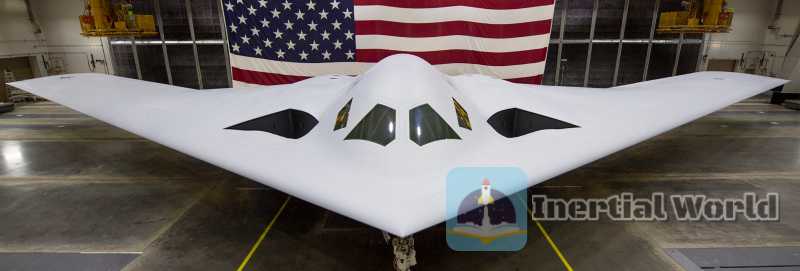
The microwave beam irradiates ordinary non-stealth aircraft. Because they are mainly made of metal materials and do not absorb microwave energy very much, the damage effect may be relatively weak. But if it is replaced with a stealth aircraft, the effect will be very different - the absorbed microwave energy is instantly converted into heat energy, and it may even melt the surface and internal materials of the aircraft. The electromagnetic induction effect may also cause the onboard electronic equipment to malfunction or fail, resulting in the destruction of the aircraft and the death of people.
Another directed energy weapon related to high-power microwave beam weapons is plasma weapons. This plasma weapon uses high-power microwaves to generate or directly emit plasma clusters, forming a low-temperature plasma zone of about several kilometers long and several meters wide in a designated area in the atmosphere (in front of the target). Once a high-speed aerial vehicle such as an aircraft or a missile crashes into a plasma cloud, due to the huge change in the flight environment in an instant, the aircraft is likely to be severely damaged or even disintegrated in the air under the action of strong inertial force.
Low-energy lasers have been widely used in medicine, scientific research, ranging and target indication, while high-energy lasers can become a relatively ideal air defense and anti-missile weapon. Because lasers not only propagate extremely fast, but also because laser beams are controlled by reflection, laser weapons can move quickly from one target to another in a wide field of view, making them ideal for operations in high-density threat environments. This makes them ideal weapons for intercepting large numbers of small guided munitions (such as SDB small diameter bombs) launched by stealth aircraft.
Laser weapons can not only intercept aircraft in the atmosphere, but also attack satellites in space. The US military conducted an anti-satellite laser test at the White Sands Missile Range in October 1997. The target star at the time was a retired "Micro-Detection Technology Integrated Satellite-3" with an orbital altitude of 420 kilometers. The US military used "mid-infrared advanced chemical lasers" (with a power of 2.2 megawatts) and "low-power chemical lasers" to irradiate the target multiple times, each lasting between 1 and 10 seconds. The test showed that high-energy lasers can destroy satellites in orbit, and low-energy lasers can also interfere.
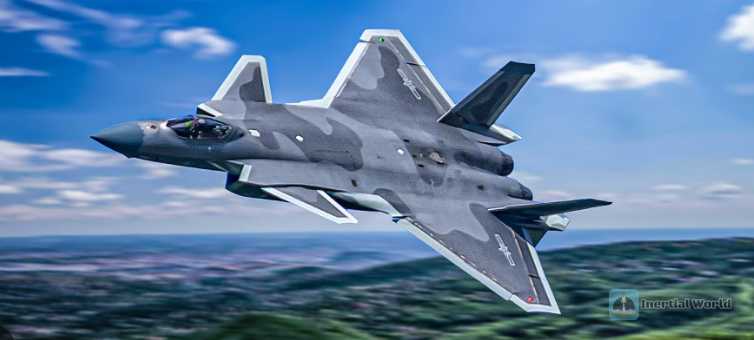
Solve the problem fundamentally
Stealth aircraft are best at deep penetration. Since the enemy can attack, we can certainly attack. With the service of the J-20, Wuzhen-8, and Attack-11 stealth aviation equipment, my country’s long-range air attack capability has been qualitatively improved. Stealth aircraft are no longer mysterious to us, and stealth penetration is no longer the patent of the US military.
With the mastery of stealth technology, my country’s anti-stealth technology will surely be able to develop more rapidly; and with stealth aircraft, the troops’ anti-stealth training has a real confrontation target, which is equivalent to having an efficient grindstone, which will undoubtedly play a huge role in improving the combat capability of the troops.
As for precise strikes on enemy fixed targets (airports) in depth, with the current equipment system of our army, the most suitable weapon is ballistic missiles. Among them, the appearance of DF-17 is the most surprising. The hypersonic glide warhead carried by this missile has a strong penetration capability, which enables China to obtain global conventional strike capability overnight. This means that in the future, no matter which base in the world the US stealth aircraft takes off from, it will not be able to escape the conventional firepower strike range of our country. This will fundamentally shake the US air superiority. In the past, it was impossible for a country like China that had no overseas bases to have global conventional strike capabilities. But now it is different. The development of aerospace technology has made many impossibilities possible. Obviously, if hypersonic glide missiles can be used on a large scale, all air defense systems and fighter jets in various countries in the world today will become almost useless. The rhythm of war will be carried out at the "speed of the universe".
From the DF-17 to the DF-26 and other missiles, the Chinese Rocket Force has built a campaign-level strike firepower system, with an effective range extending from hundreds of kilometers to thousands of kilometers, forming the world’s most advanced and powerful medium- and short-range conventional missile strike capability, enough to pose a fatal threat to any air force base within the second island chain. This will force the US stealth aircraft to take off from farther airports, sharply reduce combat effectiveness, and significantly increase the risk of penetration.
The rocket army’s missile assaults and the aviation force’s long-range raids are all manifestations of offensive air defense thinking. No matter how advanced a stealth aircraft is, it needs military facilities such as airports and support bases to provide services, just like traditional aircraft, and is even more dependent. Therefore, concentrate forces (including sending special forces to conduct surprise attacks) to attack important ground facilities such as airports, support bases, and control centers, and destroy stealth aircraft before they take off, fundamentally solving the problem.




